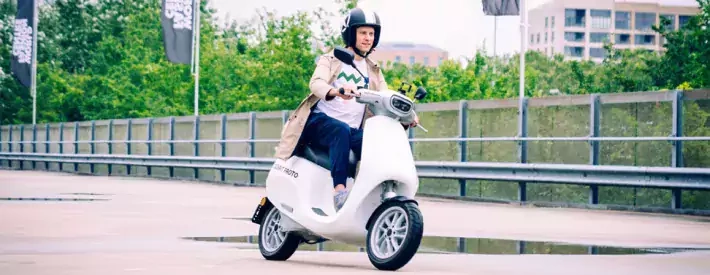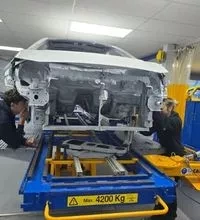The combustion ban: What happens to motorcycles post 2030?

After the Government’s announcement it will ban the sale of new petrol and diesel cars and vans from 2030, MotorPro looks at what the future holds for motorcycles
The UK Government has made further headway in its emission goals by bringing the ban on sales of new petrol and diesel cars and vans forward from 2035 to 2030.
The government announced last month that the ban will come forward for a second time; initially set for 2040 - then 2035 (announced back in February) — and now 2030, showing the Government’s accelerated effort to meet its own rather-strict emission targets.
The emphasis at the moment is on passenger and light commercial vehicles, but what about motorcycles?
Motorbikes aren’t included in the 2030 ban. Both the Department for Transport (DfT) and the Motorcycle Action Group (MAG – the Riders' Rights Organisation that champions and promotes motorcycling in the UK) have confirmed that motorbikes won’t be included in the decarbonisation bill.
For now, riders will continue to be able to purchase new fossil-fuel-powered motorcycles beyond the 2030 date. MAG has confirmed that should this change, the DfT will consult them and its members first.
It might seem strange to some that motorcycles aren’t included in the 2030 ban.
Two-wheeled transport already offers a cleaner and more efficient way of travelling for many. If more people made the transition from four-wheel travel to two, emissions could fall considerably and there would be less gridlock on our roads.
There are just shy of 1.3million motorcycles on UK roads today — that’s around 3% of the collective 40 million road vehicles — which actually contribute to less than 1% of CO2 emissions for the entirety of UK transport.
Belgian Leuven Transport and Mobility undertook a study back in 2011 which found that if just 10% of private cars were replaced by motorcycles, congestion would be reduced by a massive 40%.
Shifting to electric
While 2030 isn’t hanging over the industry, just as in cars and vans, motorcycles are also investing in electric propulsion – although the figures remain small. Just 1.3% (around 14,000) of all motorbikes registered in Europe last year were electric.
That figure should grow as more manufacturers invest in the technology, and many are, which could then lead to questions about the infrastructure and whether it can accommodate widespread adoption of EVs.
But an electric motorcycle can be charged using a standard three-pin plug; meaning quicker charging, (100 miles for one-hour’s charge for some e-bikes), and more versatility when it comes to charging options. Some bikes even have removable batteries, enabling them to be charged separately.
The transition to electric two-wheeler will be slower than other vehicles, but the government does already offer financial grants to lure people into buying electric – up to 20% of the purchase price, (£1,500 maximum), off any new e-motorcycle or e-moped. Scotland is a little different in that it has an interest-free loan available to purchase an electric two-wheeler.
While nothing is confirmed to suggest that the sale of new fossil-fuelled motorbikes will halt; based on the government’s climate goals, it’s probably wise to assume that it won’t be too far behind.
Get ahead of the electric curve and check out the range of IMI EV eLearning courses.




